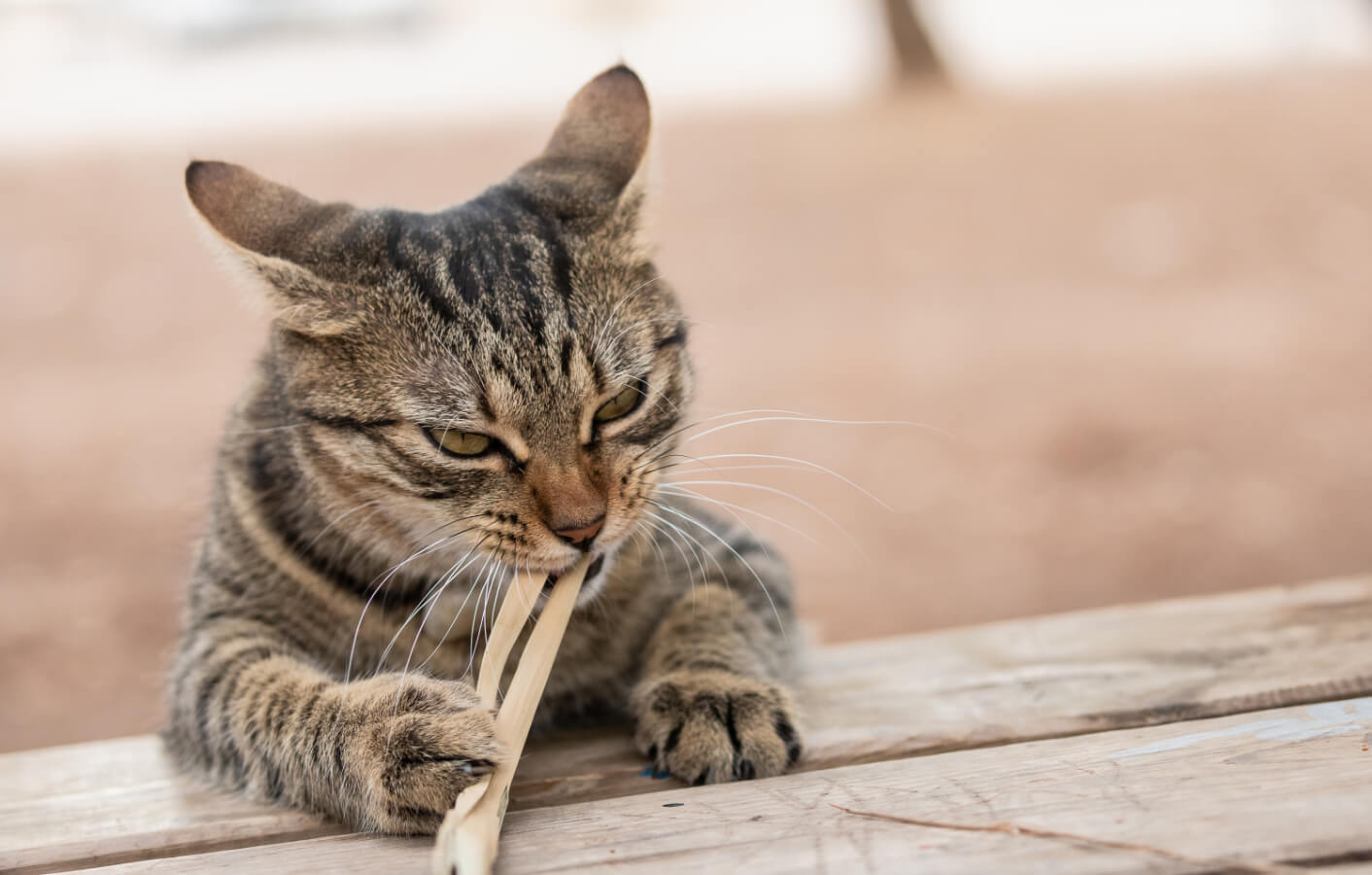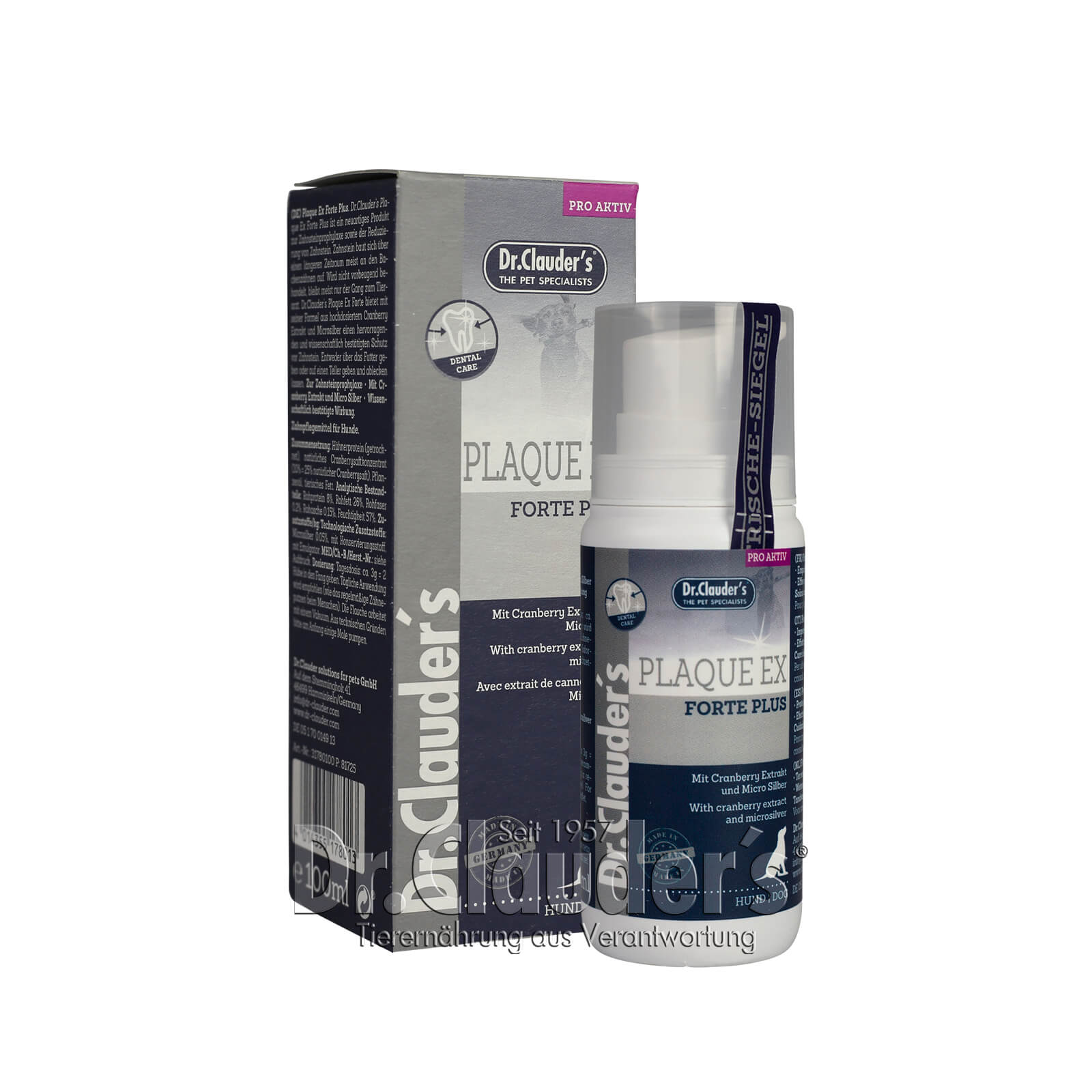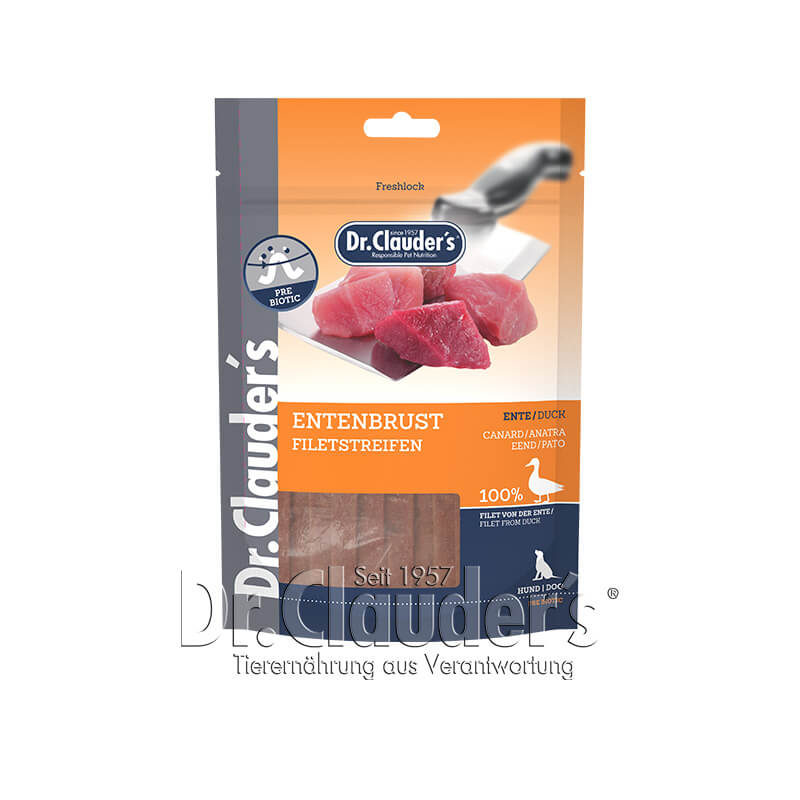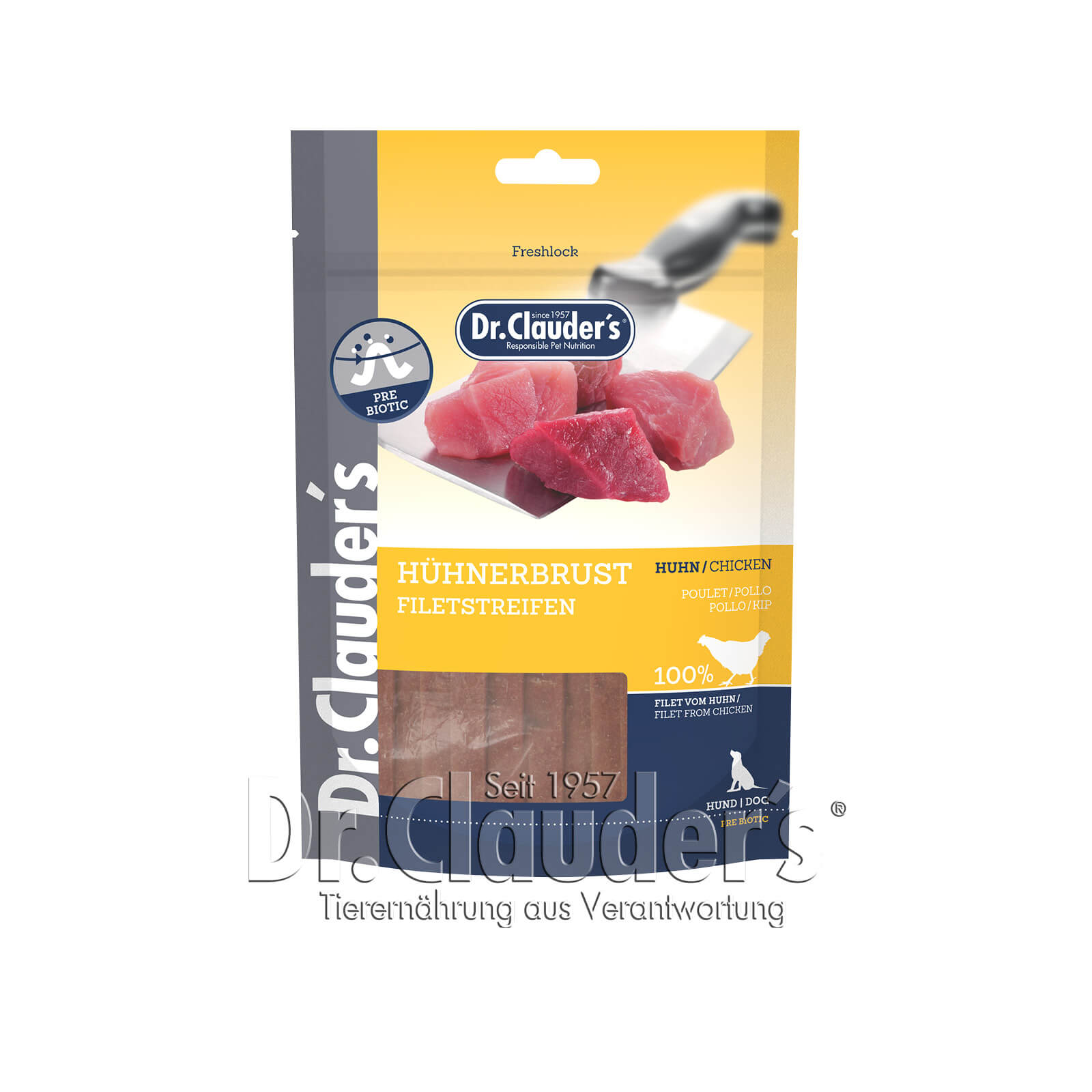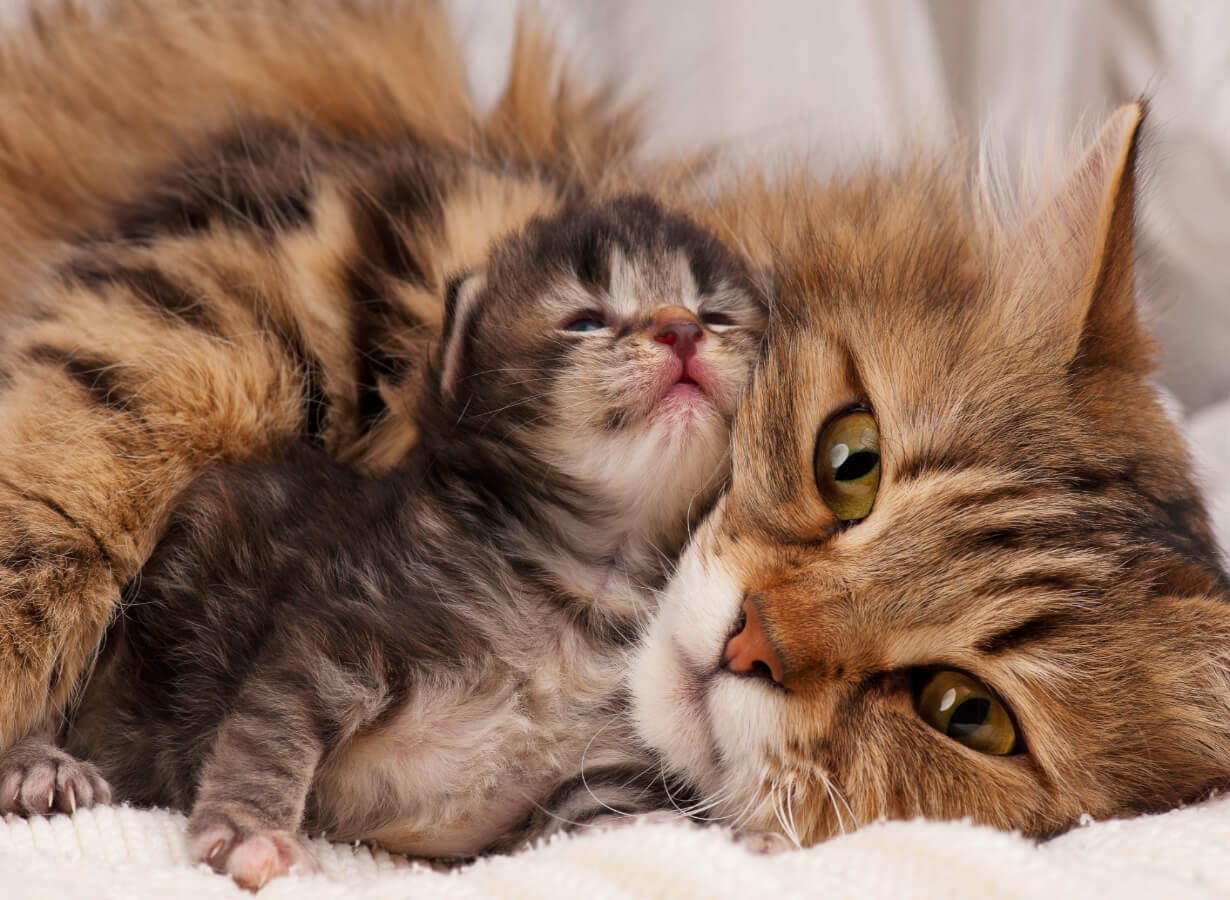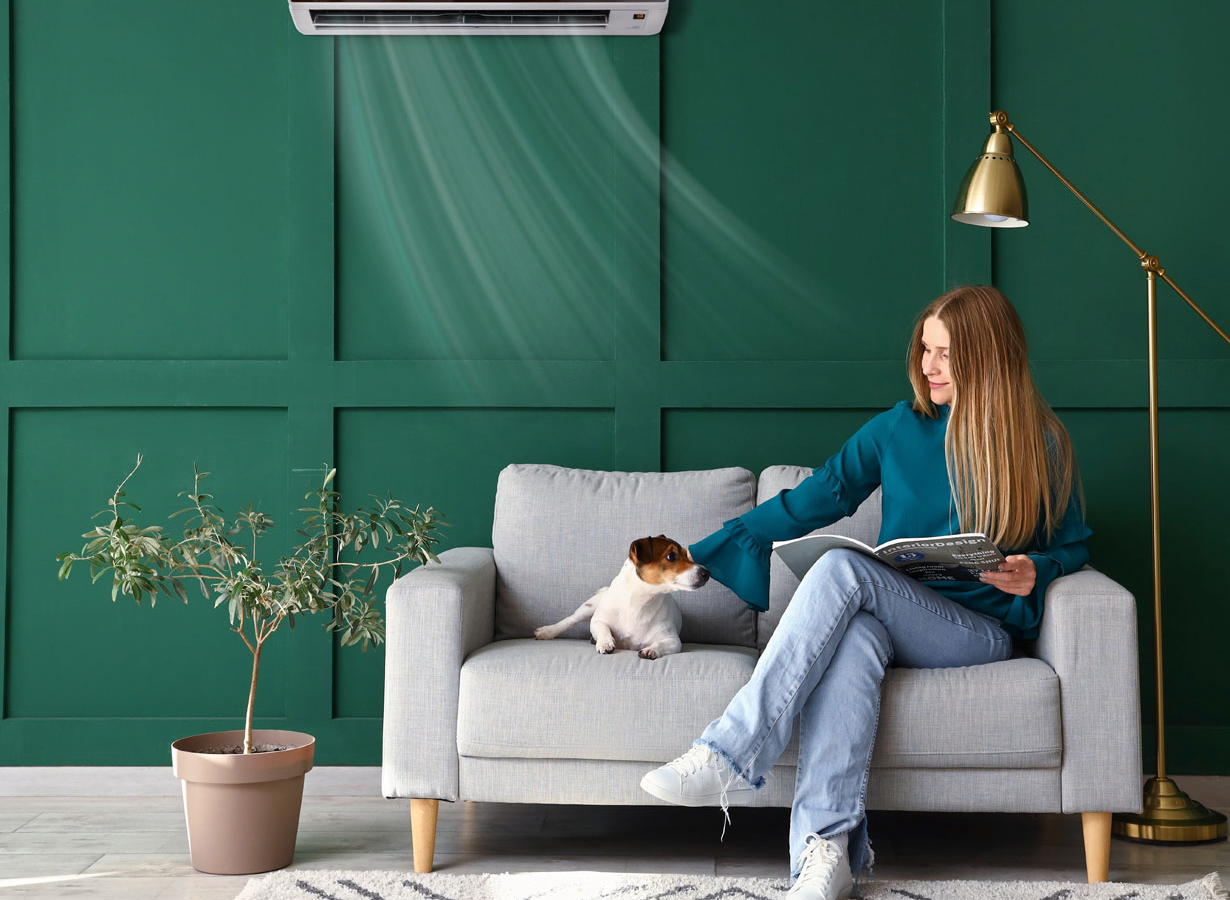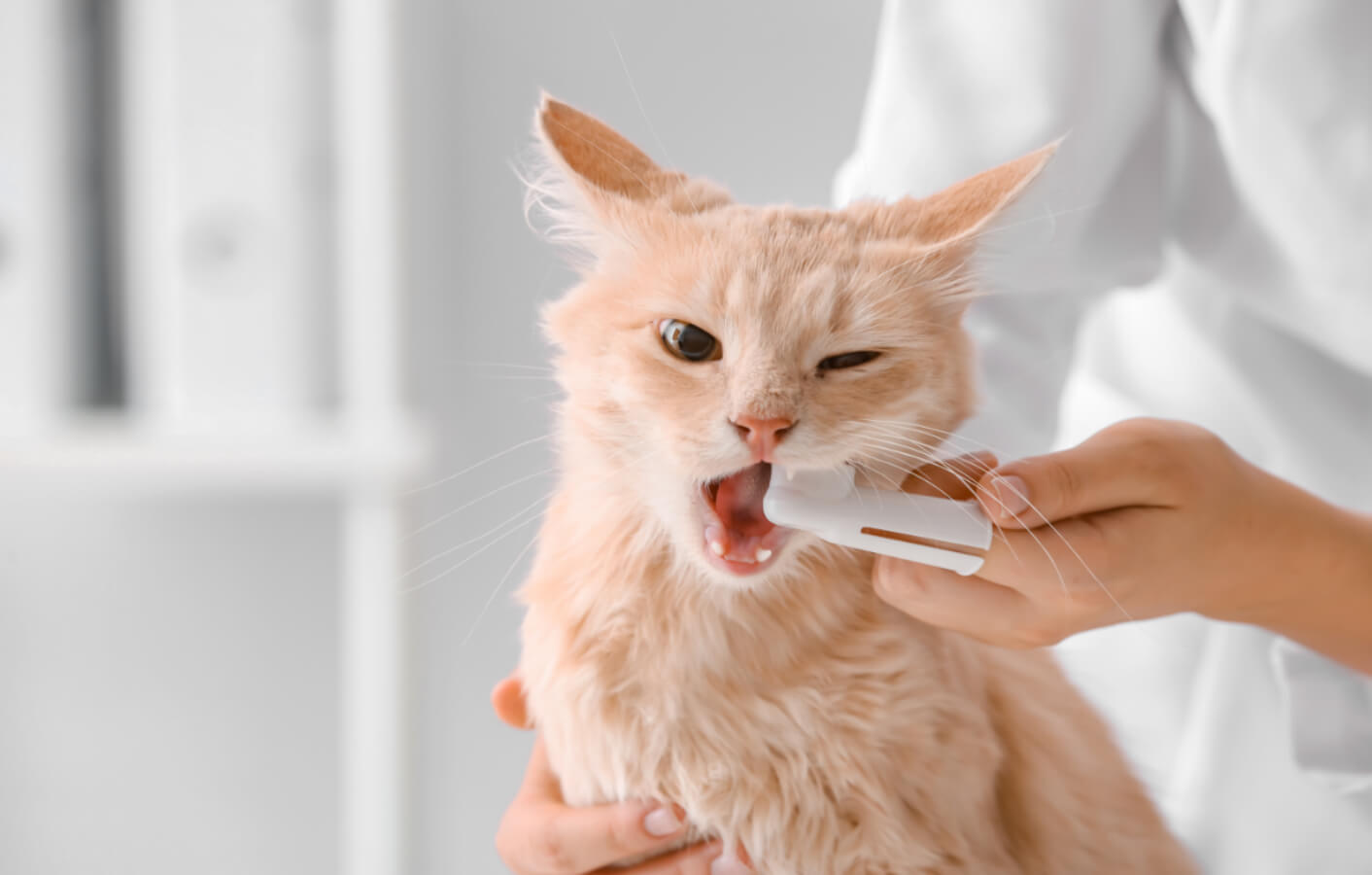
Brushing cats' teeth: The right way
How often do you brush your cat's teeth? You may be smiling now, but many owners are actually not aware of how important dental hygiene is for cats. Only one third have their cat's teeth checked regularly by a vet. Poor dental hygiene can lead to problems such as plaque, bad breath, gingivitis and tartar.
Regular brushing is a good way to prevent these problems from occurring in the first place. We show you how to do it properly.
Here's how: Brushing cats' teeth properly
Step 1: Getting used to it
Get your cat used to the new touch on the gums with your finger at a young age. Getting adult cats used to brushing their teeth is much more difficult.
Gently touch your cat's mouth with your fingers, first on the outside and then on the inside. Reward the cat immediately if it remains calm and lets you do this. Slowly increase these touches by moving a wet soft sponge over the teeth and gums. It may take a little while before you can move on to the next step.
Step 2: The toothbrush
Once your cat has become accustomed to being touched, he will be introduced to the toothbrush.
Use a toothbrush with soft bristles or a finger toothbrush (available in all pet shops). You can also use a pet toothpaste.
Note: Cat toothpaste must be to your cat's taste or he will not accept it. You will find numerous flavours from fish to liver in the shops.
Tip: Put a little of the pet toothpaste on your finger and let your cat sniff and lick it.
You must not use toothpaste for humans - it contains ingredients that are harmful to cats.
Step 3: Brushing your teeth
Make circular movements with the toothbrush, focusing on the gumline. Start at the back of the mouth and work your way forward. The outside of the teeth needs your special attention as this is where most food particles and plaque are found.
Tip: Always remain calm, gentle and above all patient. Reward your cat for participating with his favourite game. This will also increase their acceptance of brushing their teeth.
How to prevent tartar build-up in cats
Prevention is and always will be the best way to avoid problems with your cat's teeth. Free-roaming cats usually have plenty of opportunities to chew on hard objects. Especially the mouse hunters among the cats rarely suffer from tartar. They also drink more than house cats. The mineral content in saliva, which promotes tartar, is thus significantly lower.
While outdoor cats get their teeth cleaned naturally by eating mice, small birds and other prey through the fur or feathers of their prey, our indoor cats need alternatives.
Fortunately, dental care for cats is also available for snacking: special chew sticks or harder treats help to reduce plaque and prevent dental disease through abrasion.
Other tips:
- Avoid a one-sided wet food diet
- Get toys that encourage chewing and biting.
- Drinking water with a splash of cat milk will encourage drinking.
- Regular medical check-ups
